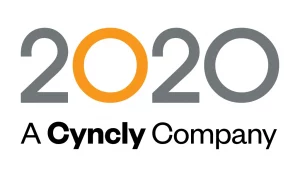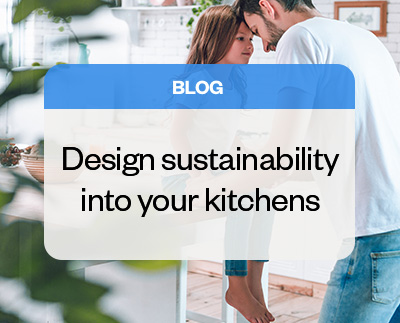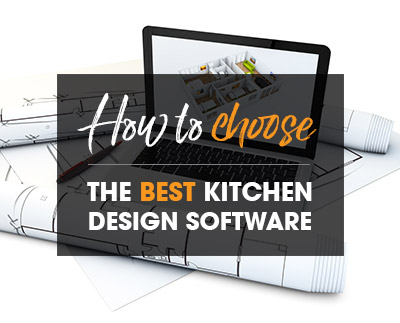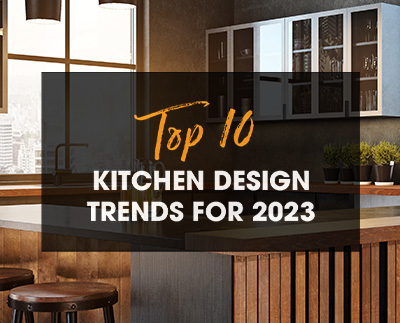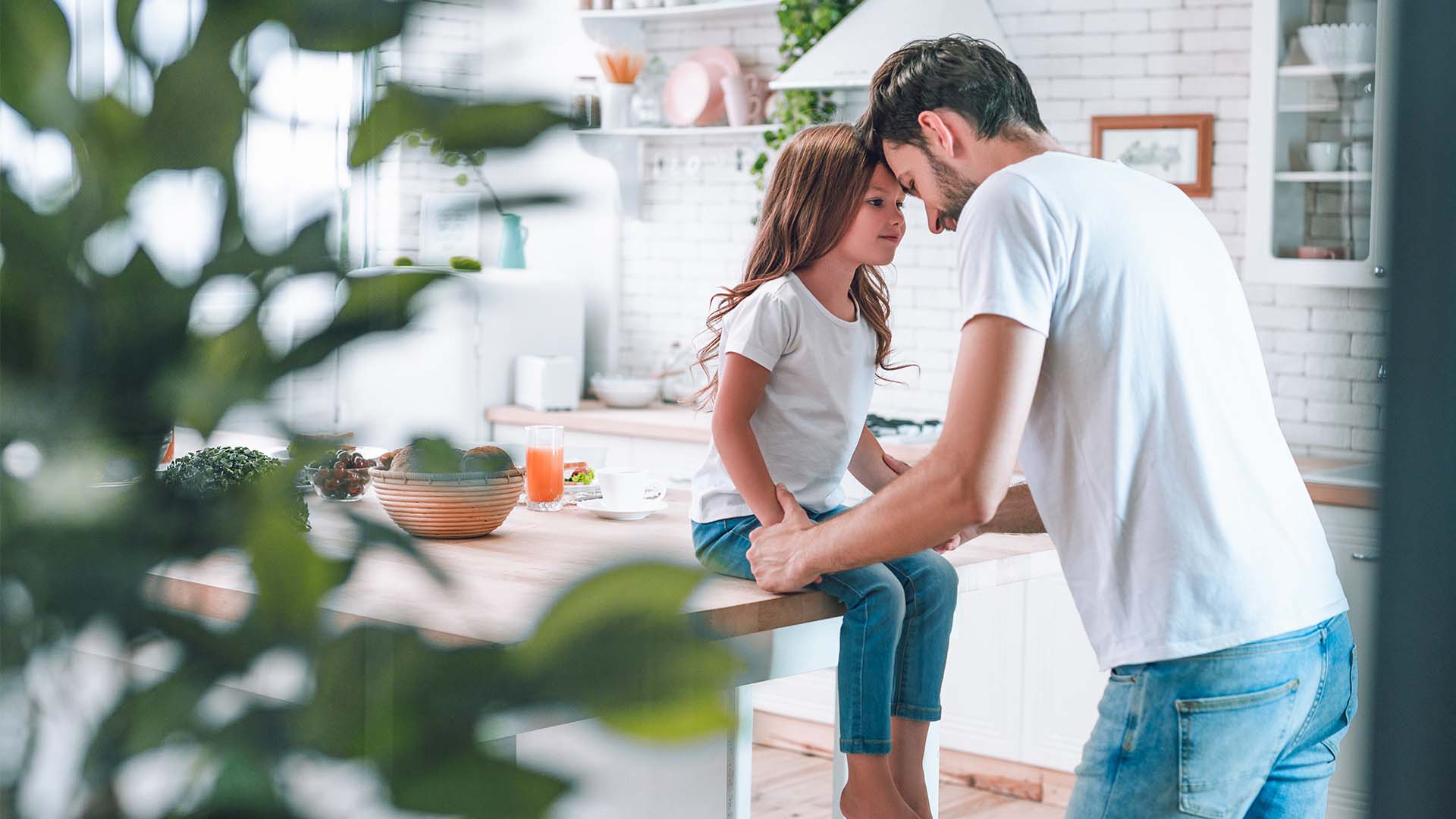
Every year, 2020 puts together a list of kitchen design trends to expect for the coming 12 months. And every year since the beginning of this annual tradition, sustainability has been mentioned in one form or another. Sustainability isn’t so much a design trend anymore as it is a design staple.
The benefits are obvious: it’s better for the planet, it aligns with the values of many modern consumers and, with an increasing number of rebates available at federal and state levels across the United States, it can often make a lot of financial sense as well.
But what exactly does it mean? The word “sustainable” is used so frequently in kitchen design circles that it’s become a catch-all term to describe anything from a plant placed on a countertop to the installation of an energy-efficient electric wall oven.
When it comes to actually incorporating sustainability into designs, however, it’s best to think of it in three ways: 1) materials; 2) products; and 3) the overall feeling a kitchen conveys.
Sustainable design materials
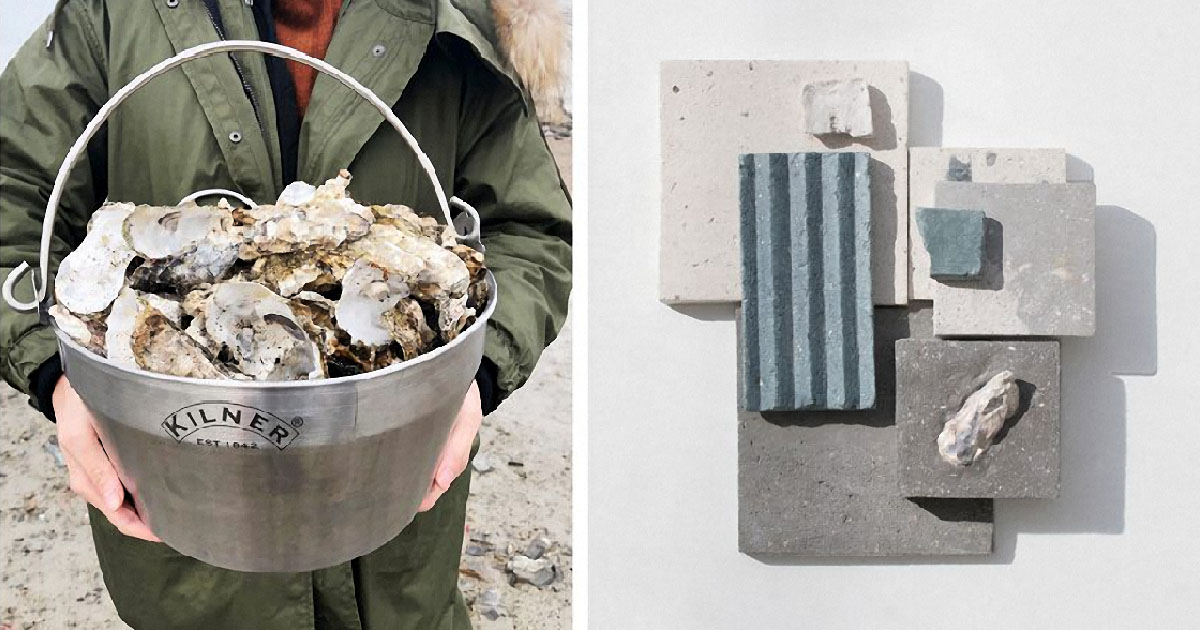
The National Kitchen and Bath Association began its Sustainability Month coverage by asking construction professionals and interior designers about the most innovative sustainable materials being used in builds right now. The result – Building a New World – is a fascinating list of unexpected materials that includes everything from plant-based rigid foam that can be used for insulation to mycelium (the vegetative structure of fungus) combined with demolitions waste, sawdust and timber to make fire-, water- and mold-resistant bricks.
More specific to kitchen design, sea stone is an incredible concrete alternative “made from ground-down shells salvaged from the aquaculture and seafood industries – material that would otherwise go into landfills.” This material would look incredible as the base for tabletops, plinths and vases. But its best use in the kitchen might be as a tiled backsplash. Each piece of NewTab-22's Sea Stone is unique, and their decorative tiles have a terrazzo-like aesthetic.
For something a little more traditional, wood remains one of the most sustainable materials being used right now. It also has the added benefit of being very much on trend, as natural, earthy and homey kitchen designs continue to be in high demand. While wood products have been associated with deforestation in the past, many modern wood manufacturers have adopted responsible sourcing and are more than happy to promote the material’s sustainable attributes: durable, recyclable and a lower carbon footprint than other prominent building materials.
Sustainable design products
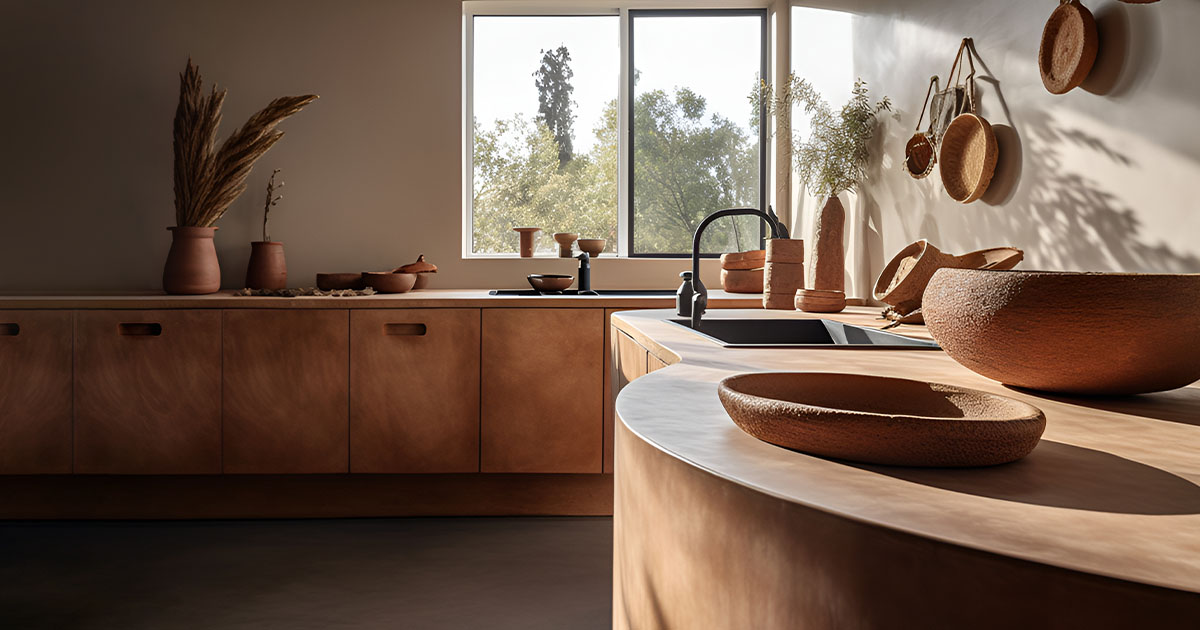
Last summer, the Inflation Reduction Act was signed into law in the United States, providing state governments with $8.8 billion for consumer home energy rebate programs. While most of the attention for this initiative has been focused on the rebates and tax credits for larger items like electric or natural gas heat pumps, electric or natural gas water heaters and biomass stoves or boilers, the legislation also includes $4.5 billion in rebates for the purchase of new electric appliances, including ranges, cooktops and wall ovens.
This makes it easier than ever to incorporate environmentally friendly products into kitchen designs. Not only are you providing a more sustainable option for your clients, but you’re also saving them money in both the short-term (rebate and tax credits) and long term (lower energy costs throughout the life of the product). On top of that, showing a client that you have their best interests in mind – now and into the future – is exactly the type of service that leads to returning customers and increased word of mouth.
There are lots of options when it comes to choosing energy-efficient appliances. Beyond seeking out items certified by ENERGY STAR, you can’t go wrong exploring Electrolux’s selection of kitchen products. Named the 2023 ENERGY STAR Partner of the Year, Electrolux is also a popular catalog content partner with 2020.
Of course, introducing sustainable products into a kitchen design doesn’t have to be financially motivated. Beyond appliances, designers can consider options such as LED lighting, VOC-free paints and low-emissivity windows. There are also ways to increase natural lighting in a kitchen that will lessen the need for heating and lighting. Whatever options you choose for your clients, be sure to refer to local utility companies and check local government initiatives to learn if there are any rebates or tax credits available.
Sustainable design feeling
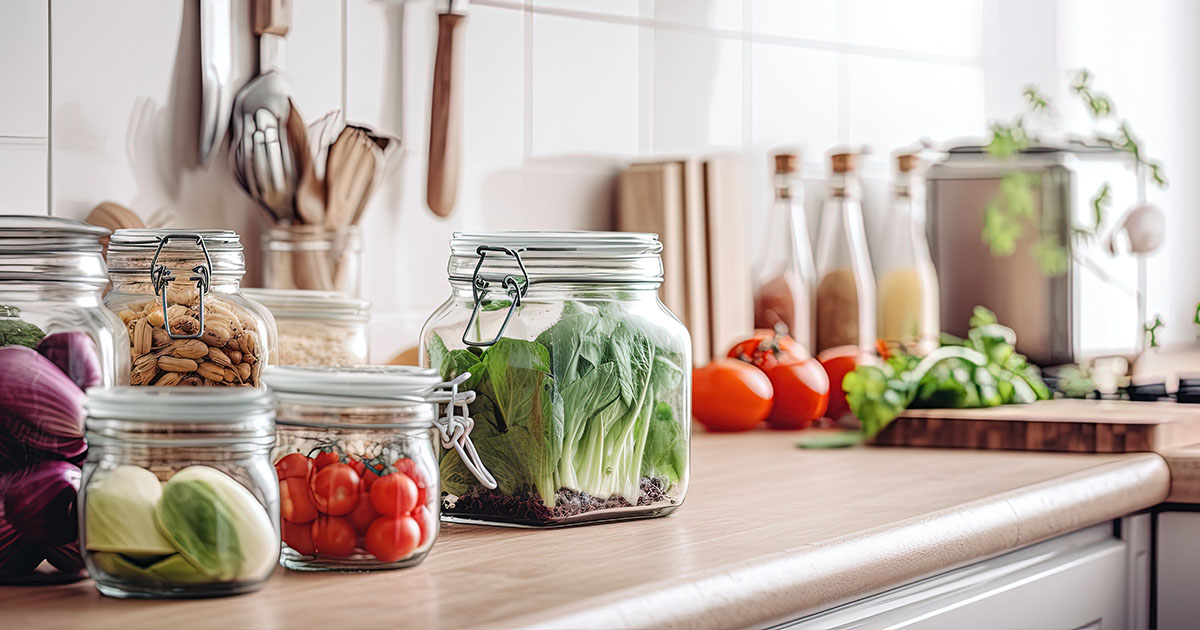
At the beginning of this post, we joked about how a plant on a countertop could be referred to as an example of sustainable design by some. While that may be an exaggeration of what would constitute sustainability in the kitchen, there is a point to it.
In his book The Philosophy of Sustainable Design, Jason McLennan writes that sustainable design must intend to "eliminate negative environmental impact through skillful sensitive design." However, it’s important to remember that a client who prioritizes sustainability in their kitchen likely attaches an element of their identity to being environmentally aware.
It’s great to provide this type of client with the practical application of sustainability – environmentally friendly materials and energy-efficient products – but it’s also important to keep in mind that the kitchen is a wonderful space to express this aspect of their values.
This can be achieved to a degree by, yes, plants on countertops, but also more greenery in general, increased natural lighting, warm colors, earthy tones and incorporating other elements of biophilic design into the kitchen – maybe even an outdoor cooking area.
Perhaps devoting space to recycling and composting integrated into cabinetry would be an appealing option that offers practical benefits and shows a commitment to minimizing carbon footprints. There are several attractive products on the market that make waste sorting easy while also offering effective odor control.
2020 Design Live
When it comes to implementing sustainability in kitchen designs, there really isn’t any other software that can compare to 2020 Design Live.
First of all, 2020 Design Live provides designers with the largest collection of catalogs in the industry. From configurable cabinetry and countertops to stoves and refrigerators, no other software offers as wide of a selection of items or brands. That means unparalleled access to products built from sustainable materials and appliances that deliver energy efficiency.
Secondly, 2020 Design Live’s EZ Render is a proprietary rendering engine that gives designers the power to easily create stunning life-like renderings using all the real materials and products that were chosen from the catalogs. Your potential customer can experience the feeling of their new kitchen with all of its sustainable elements before a single plant is ordered.
2020 Design Live makes designing kitchen spaces for sustainability easy and effective. We know there’s nothing like it, and we want you to know it, too. That’s why we offer a free 2020 Design Live trial for an entire month.
Try it, show your clients what their kitchen space can become and never look back.
Share this Post
